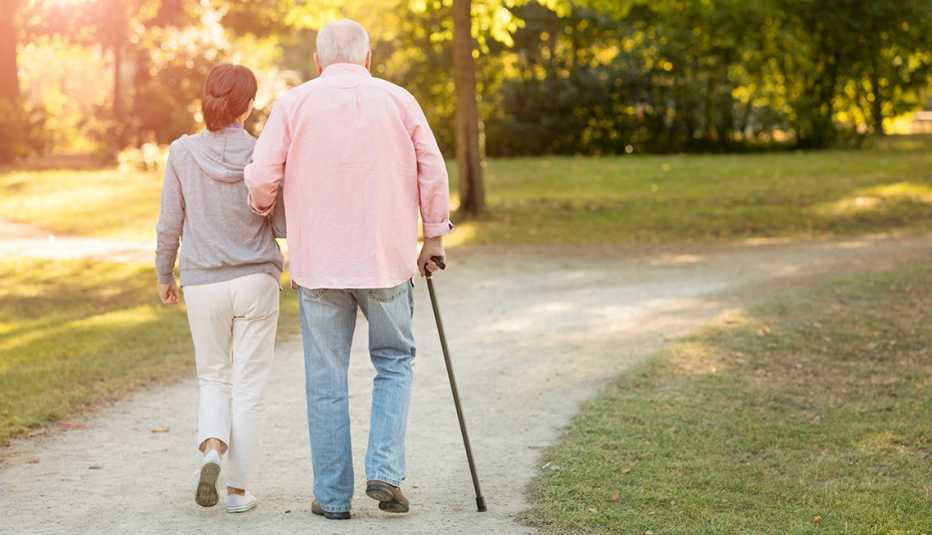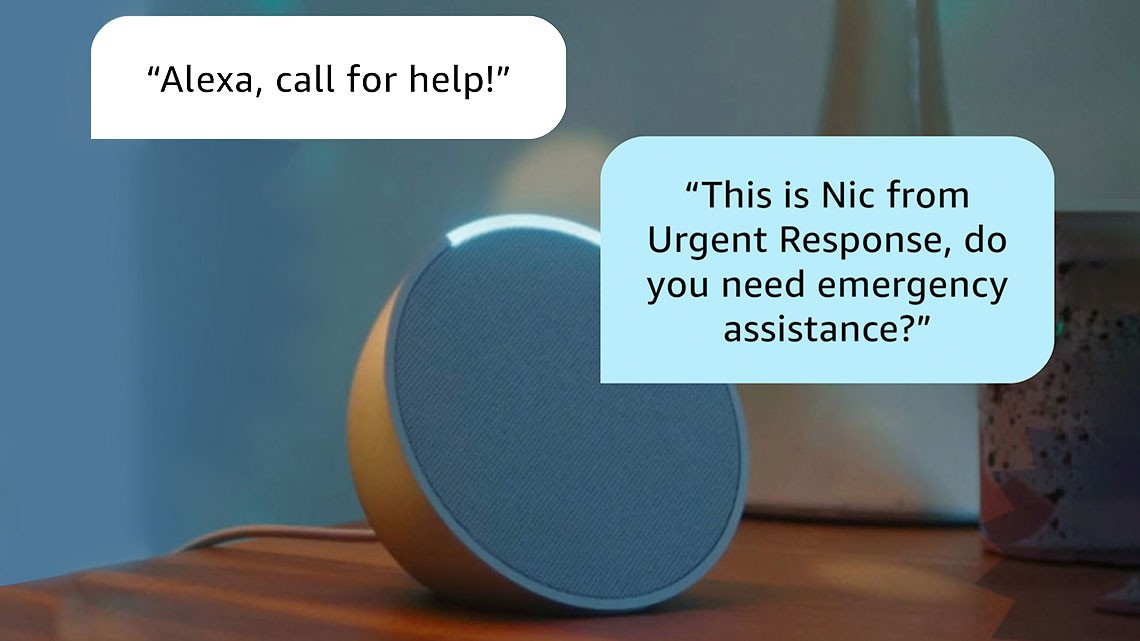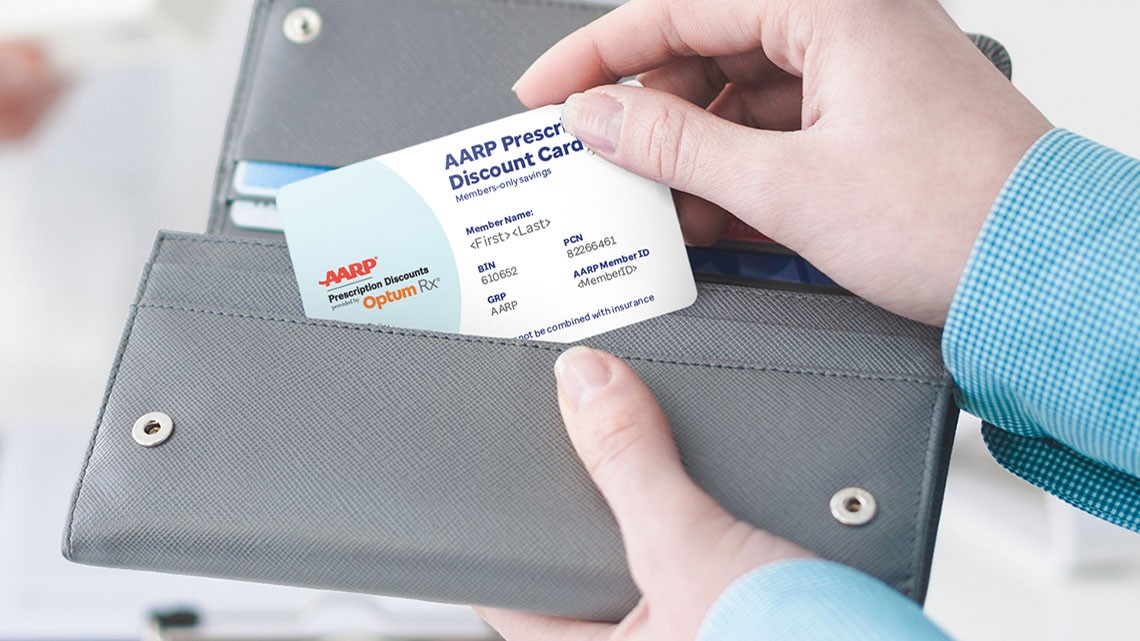Staying Fit


Falls are by far the leading cause of injury among older adults. In fact, 1 in 4 older adults take a tumble every year. This led to more than 3 million emergency room visits and more than 32,000 deaths among Americans age 65 and older in 2020, according to the most recent data available from the Centers for Disease Control and Prevention.
“I use the phrase, ‘Fall is a four-letter word,’ ” says Lisa Caruso, a geriatrician at Boston Medical Center who also has a master’s degree in public health. “Falls are definitely something we ask about and want to prevent.”


AARP Membership— $12 for your first year when you sign up for Automatic Renewal
Get instant access to members-only products and hundreds of discounts, a free second membership, and a subscription to AARP the Magazine.
That’s because mobility is key to independent living.
When people begin to have balance issues or to fall frequently, not only is a hospital visit possible, but they’re often no longer able to do the daily activities that used to come easily. “The important message to always give is that we want you to maintain your independence,” Caruso says.
If you notice your parent or spouse is beginning to have some trouble standing up and walking, here are some steps you can take to turn things around.
How to talk to your loved one about their mobility issues
Deb Hallisey remembers the first time she noticed her mom’s mobility problems.
“We were actually at a family gathering and she was walking out, and she fell. And she was so embarrassed,” says Hallisey, a writer, eldercare advocate and founder of Advocate for Mom and Dad, an online resource for family caregivers.
Hallisey realized she had to change the way she broached difficult subjects with her mom. “I call it the ‘drip method,’ ” she says. “I bring it up multiple times, in multiple ways, in different situations where there’s an opening.
“And it’s always not a ‘you should, you must’ statement,” Hallisey says. “It’s a ‘I noticed this. I’m concerned. Would you like me to look into this for you?’ — keeping the control with her.”
Causes of mobility problems
Once you’ve started the conversation, making a medical appointment is the next crucial step, says David Reuben, chief of the Division of Geriatrics at the David Geffen School of Medicine at the University of California, Los Angeles.
“Get an evaluation,” he says. “See where you’re starting from.”
A physician might do a strength, gait and balance evaluation or order a bone density scan. The doctor will check things such as blood pressure and heart rate after standing, and look for underlying conditions. Hearing and vision should also be checked.
The physician may suggest ways to improve function; prescribe physical therapy, which Medicare covers when it’s deemed medically necessary; or discuss surgery options or medicines that might help.
Other actions to take:
Do a pharmacy review. The doctor can also check your list of prescribed and over-the-counter medications to see if anything may have side effects, like dizziness or sleepiness, that could lead to falls.
Get an eye exam. The right glasses prescription can do more than help people see where they’re going. A 2023 study found that those with vision problems such as glaucoma, macular degeneration and cataracts are more likely to experience falls.


































































More From AARP
8 Major Health Risks for People 50 and Older
A look at the top killers — and how to dodge them
5 Ways to Make Your Car More Accessible
Accessories to ease transporting mobility-challenged loved ones can cost as little as $10 or $20
How to Make a Home Safe for Your Aging Parent
Small changes — and big ones, too — can be put in place to accommodate your loved one